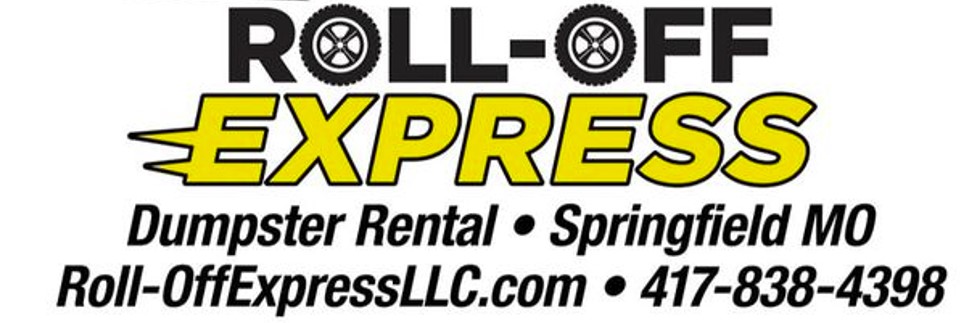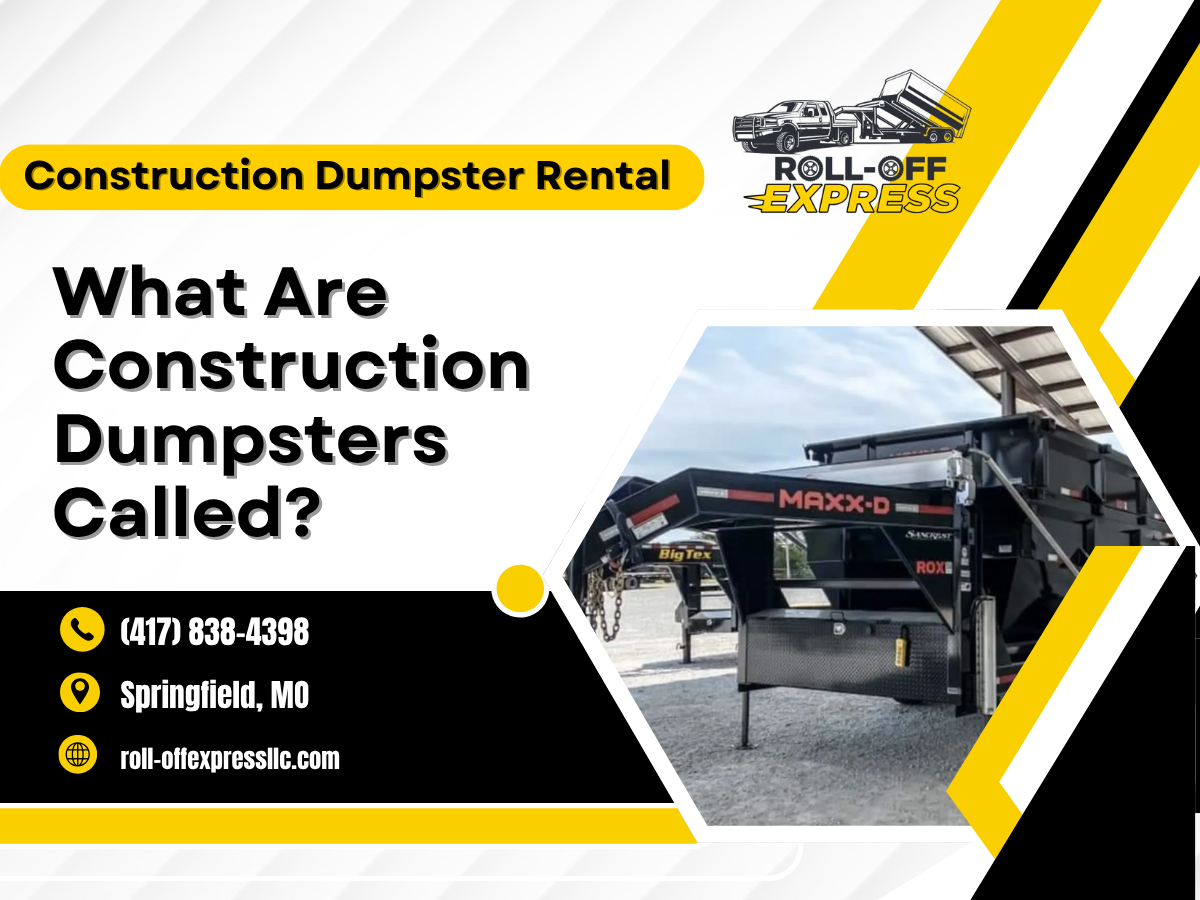When you think about construction projects, you might wonder what those large containers for waste are actually called. Often referred to as “roll-off dumpsters,” these containers are designed for easy delivery and removal. But there’s more to the terminology than just that. Different types serve various purposes, and knowing the right one for your project can make a significant difference in efficiency. So, what are the other types, and how do you choose the best one?
Understanding Construction Dumpsters
Understanding construction dumpster rental is vital for anyone involved in a building project. These dumpsters play an important role in managing waste efficiently, keeping your worksite organized and safe.
You’ll find that using a construction dumpster helps streamline the disposal process, allowing you to focus on the task at hand rather than worrying about debris piling up.
When you rent a dumpster, you’re choosing a designated space for construction waste, which prevents clutter and potential hazards.
It’s important to know local regulations concerning waste disposal, as improper disposal can lead to fines and delays.
You’ll also want to take into account the size and weight limits to guarantee you choose the right dumpster for your project needs.
By understanding how construction dumpsters work, you can make informed decisions that enhance your project’s efficiency and safety.
Types of Construction Dumpsters
When it comes to construction dumpsters, you’ll encounter several types designed to meet different project needs. The most common is the roll-off dumpster, which comes in various sizes, typically ranging from 10 to 40 yards. These are perfect for larger projects, such as renovations or new builds.
Another option is the front-load dumpster, ideal for ongoing jobs like commercial construction sites. They’re more compact and can be emptied and replaced easily without disrupting your work.
If you’re dealing with heavy materials like concrete or dirt, consider a debris box. These are specifically designed to handle the weight and can hold more than standard dumpsters.
Lastly, there are specialized dumpsters for hazardous waste, guaranteeing safe disposal of materials like chemicals or asbestos.
Choosing the right type guarantees your project runs smoothly and stays compliant with local regulations.
Common Terminology Used in the Industry
Familiarizing yourself with common terminology in the construction dumpster industry can streamline the rental process and help you communicate effectively with providers.
First, you’ll encounter terms like “roll-off dumpster,” which refers to those large containers delivered on a truck and rolled off at your site. You might also hear “capacity,” indicating how much weight or volume the dumpster can hold, measured in cubic yards.
“Weight limits” are essential, as exceeding them can incur extra fees. You’ll want to know about “permits,” which may be required if the dumpster sits on public property.
Additionally, understand the term “debris,” which encompasses all the waste materials you’ll dispose of. Finally, “pickup schedule” refers to when the provider will collect the dumpster.
Knowing these terms helps you navigate conversations with rental companies and guarantees you get the service you need without confusion.
Choosing the Right Dumpster for Your Project
How do you choose the right dumpster for your project? Start by evaluating the type and amount of waste you’ll generate. Different projects produce varying materials, whether it’s construction debris, yard waste, or household junk.
Next, determine the size you need. Dumpsters typically range from 10 to 40 yards, so think about your space and how much debris you expect.
Also, consider the weight limit; some materials are heavier than others. It’s essential to stay within the limits to avoid extra fees.
You should also think about the rental period—how long you’ll need the dumpster can affect pricing and availability.
Finally, don’t forget to check local providers and compare prices and services. By carefully reviewing these factors, you’ll guarantee you select the perfect dumpster for your project, making cleanup easier and more efficient.
Regulations and Guidelines for Dumpster Use
After selecting the right dumpster for your project, understanding the regulations and guidelines for its use becomes necessary.
First, check local laws concerning dumpster placement. Some areas require permits, especially if the dumpster will be on public property. You’ll also want to make certain that it’s not obstructing traffic or pedestrian pathways.
Next, be aware of weight limits. Overloading a dumpster can lead to extra fees or safety hazards. Additionally, certain materials may be prohibited, such as hazardous waste or electronics; familiarize yourself with what you can and can’t dispose of.
Lastly, make certain you keep the dumpster accessible for pickup. It’s important to clear any obstacles that could delay collection.
Following these regulations not only guarantees compliance but also promotes a smoother waste disposal process for your project. By adhering to these guidelines, you’ll help maintain safety and efficiency throughout your construction efforts.
Tips for Efficient Waste Disposal
To guarantee efficient waste disposal during your construction project, start by sorting materials before they go into the dumpster.
Separate recyclables like metal, wood, and concrete from non-recyclables. This not only maximizes recycling but also minimizes landfill waste.
Next, plan your dumpster placement wisely.
Position it where it’s easily accessible for your crew but out of the way of ongoing work. This’ll save time and avoid disruptions.
When filling the dumpster, stack materials compactly to make the most of the space.
Avoid overfilling, as this can lead to fines and safety hazards.
Finally, keep track of what you’re disposing of.
Documenting waste can help you identify patterns and areas for improvement in future projects.

